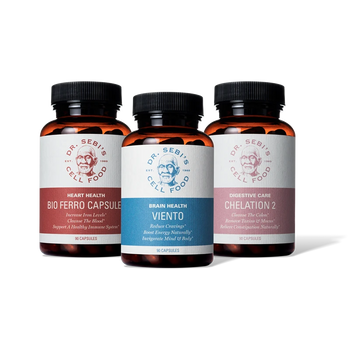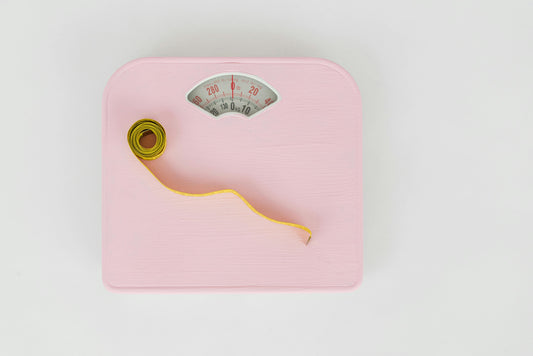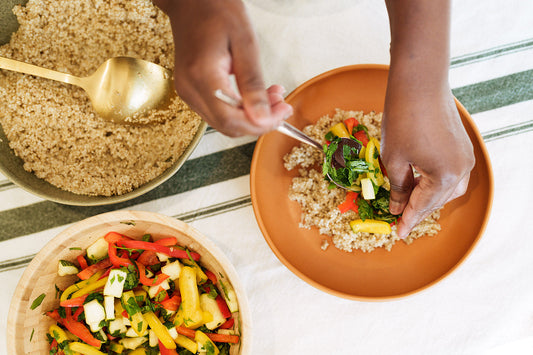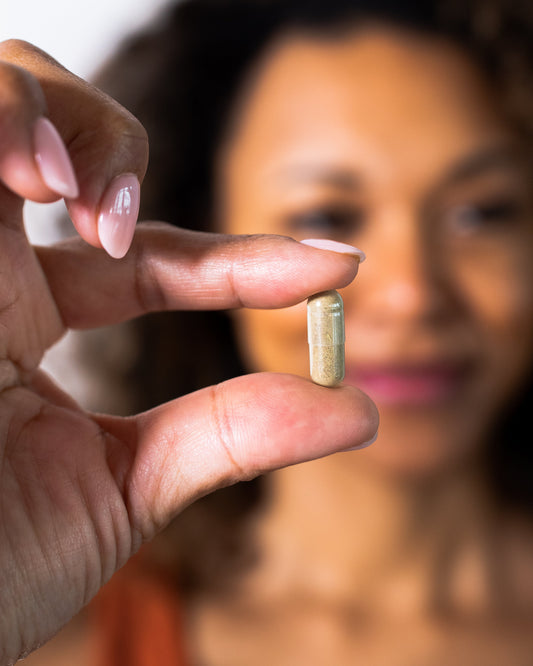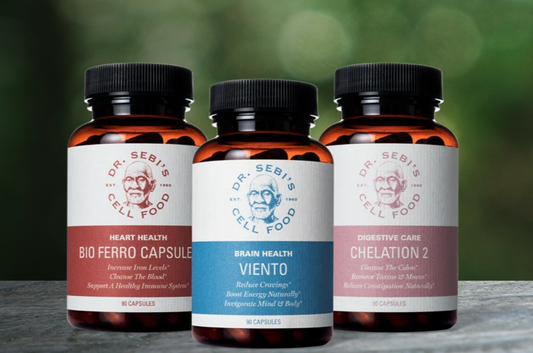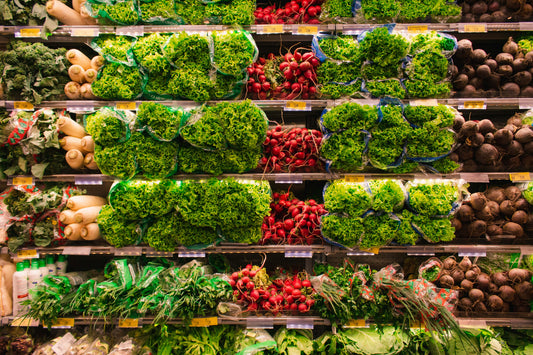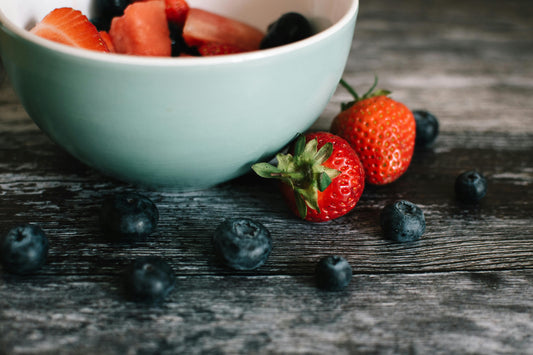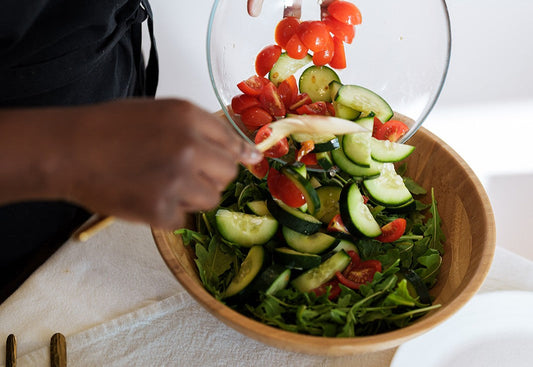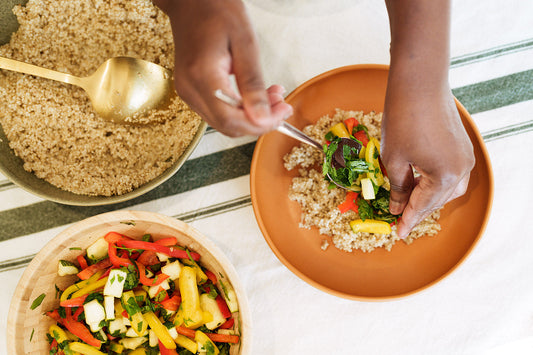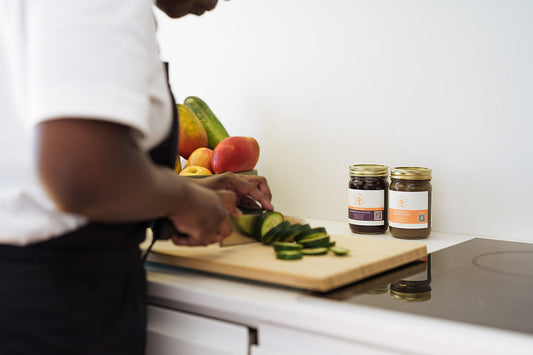For most people today, processed food isn’t an occasional indulgence—it’s a daily habit. From breakfast cereals and snack bars to packaged meals and fast-food takeout, the modern diet is dominated by convenience. But convenience often comes at a cost: chemical additives, artificial flavors, and nutrient-depleted ingredients that burden the body rather than feed it.
Dr. Sebi taught that food is the electric connection between the human and the earth. When we replace living, natural foods with synthetic products, that connection weakens. The goal of the alkaline approach isn’t just to eliminate processed foods—it’s to restore vitality by returning to foods that truly nourish and energize the cells.
This article provides a practical, step-by-step framework for leaving processed foods behind and transitioning into an alkaline lifestyle that’s sustainable in real life.
Why Processed Foods Harm the Body
1. They Disrupt the Body’s Natural Chemistry
Processed foods are acid-forming. They introduce chemical compounds and preservatives that interfere with mineral absorption and weaken the immune system.
2. They Create Mucus and Inflammation
Dr. Sebi explained that mucus accumulation is the root of disease. Processed foods—especially dairy, white flour, and refined sugar—cause excess mucus that clogs circulation and digestion.
3. They Deplete Energy
Highly refined products contain no living enzymes. The body must work harder to digest them, draining energy and leaving you tired even after eating.
4. They Disrupt the Gut Microbiome
Artificial ingredients destroy beneficial gut bacteria, which affects not only digestion but also mood, immunity, and hormone balance.
5. They Cause Mineral Deficiency
The more acidic the diet, the more minerals (especially calcium, magnesium, and iron) the body pulls from its reserves to neutralize that acid—leading to fatigue, weak bones, and low immunity.
The Alkaline Approach: Returning to Living Foods
The alkaline approach is simple: replace dead, acidic foods with living, mineral-rich ones. It’s not about strict rules—it’s about realignment with nature.
Dr. Sebi’s Nutritional Guide provides a foundation of foods that restore the body’s pH and electrical balance. These include:
-
Fruits: seeded grapes, berries, figs, dates, melons, avocados.
-
Vegetables: kale, amaranth greens, watercress, dandelion greens, cucumbers, squash.
-
Grains: quinoa, wild rice, spelt, fonio.
-
Nuts and Seeds: walnuts, sesame seeds, hemp seeds.
-
Herbs: burdock, dandelion, chamomile, ginger, elderberry, tila.
-
Natural Oils: olive, avocado, and coconut oils (cold-pressed).
By shifting gradually toward these foods, the body naturally detoxifies and regenerates.
Step-by-Step Guide to Transitioning Away from Processed Foods
Step 1: Build Awareness
Spend one week observing your habits. Note which meals include packaged or processed items—breads, sauces, dressings, or snacks. Awareness is the foundation for change.
Step 2: Replace Breakfast First
Morning meals set the tone for the day. Instead of cereal or coffee, start with:
-
A fruit smoothie (coconut water, mixed berries, kale).
-
Quinoa porridge with figs and dates.
-
Warm Stomach Relief Tea to support your digestion.
Once breakfast becomes alkaline, cravings for processed sugar and caffeine start to fade naturally.
Step 3: Simplify Lunches and Dinners
Many processed foods sneak in through sauces, condiments, or side dishes. Replace these with whole alternatives:
-
Swap white rice for wild rice or quinoa.
-
Replace bottled dressings with olive oil, key lime, avocado, and herbs.
-
Trade breads and pastas for spelt wraps or zucchini noodles.
Step 4: Stock Alkaline Staples
Keep your kitchen equipped with essentials so you’re never forced back into convenience eating:
-
Grains: quinoa, wild rice, spelt flour.
-
Produce: kale, cucumbers, watercress, squash, avocados, seeded grapes.
-
Snacks: walnuts, hemp seeds, dates, dried figs.
-
Herbs: burdock, chamomile, elderberry, ginger.
Step 5: Plan for Cravings and Triggers
When detoxing from processed foods, cravings are normal. They’re signals that the body is recalibrating. To stay balanced:
-
Use herbal teas (chamomile, tila) to calm the nervous system.
-
Keep alkaline snacks handy—dates, cucumbers with tahini, avocado slices, or a handful of walnuts.
-
Hydrate often; dehydration often feels like hunger.
Step 6: Focus on Addition, Not Deprivation
Instead of fixating on what to eliminate, focus on what to add: more greens, more fruit, more water. The more you nourish, the less room there is for processed food.
Step 7: Make Gradual but Consistent Changes
Dr. Sebi’s teachings emphasize consistency over perfection. Begin by changing one meal or one food category at a time. With steady practice, new habits become effortless.
Herbs That Support the Transition
As the body begins to detox, gentle herbs can support elimination and balance.
1. Burdock Root
-
Cleanses the blood and liver.
-
Supplies iron and magnesium to restore vitality.
2. Dandelion Leaf and Root
-
Aids digestion and bile production.
-
Reduces bloating from processed food residue.
3. Ginger
-
Improves circulation and digestion.
-
Reduces cravings and fatigue.
4. Chamomile and Tila (Linden Flower)
-
Calm the mind and nervous system.
-
Help reduce emotional dependency on processed “comfort foods.”
5. Elderberry
-
Boosts immunity during detox.
-
Antioxidant protection against free radicals released during cleansing.
6. Sea Moss
-
Replenishes minerals lost during transition.
-
Soothes mucous membranes irritated by acidic foods.
Use these herbs as teas, infusions, or in smoothies. Consistency and moderation are key.
Detox Reactions: What to Expect
When leaving processed foods behind, temporary symptoms may appear: headaches, fatigue, mild nausea, or irritability. These are signs the body is releasing stored toxins.
To ease the process:
-
Drink plenty of spring water.
-
Rest when needed.
-
Use soothing herbs like chamomile, tila, and burdock.
-
Keep meals light and hydrating.
Within days or weeks, the fog lifts—energy increases, skin brightens, and digestion becomes smoother.
Building an Alkaline Meal Framework
Morning
-
Water with key lime or herbal tea (burdock, ginger).
-
Smoothie with kale, verries, and hemp seeds.
Afternoon
-
Wild rice bowl with watercress, avocado, and cherry tomatoes.
-
Cucumber-lime juice for hydration.
Evening
-
Spelt wrap with dandelion greens and squash.
-
Chamomile tea for relaxation.
Snacks
-
Cucumbers with tahini.
-
Fresh berries or walnuts.
This simple pattern—hydration, greens, and mineral foods—keeps the body nourished without relying on processed ingredients.
Lifestyle Shifts to Support the Transition
-
Cook More Often
Preparing your own food is the foundation of empowerment. It reconnects you to what you eat and where it comes from. -
Stay Hydrated
Processed foods are dehydrating; water restores fluid balance and supports detox. -
Simplify Your Environment
Clear your pantry of processed temptations. Replace them with jars of grains, herbs, and nuts that remind you of your new direction. -
Rest and Breathe
Stress often triggers cravings. Deep breathing, stretching, or herbal tea rituals bring calm and reduce emotional eating. -
Celebrate Small Wins
Every meal made from natural ingredients is progress. Acknowledge it—change compounds over time.
FAQs
Q: How long does it take to transition away from processed foods?
A: It depends on the individual. Some notice changes within weeks; others take several months to fully shift. The key is consistency, not speed.
Q: Will I lose weight on an alkaline diet?
A: Many people do, naturally. When the body releases toxins and inflammation, weight stabilizes at its healthy point.
Q: Can I eat out while transitioning?
A: Yes. Choose fresh salads, steamed vegetables, and grilled options. Avoid sauces and breads that contain additives.
Q: What about coffee or energy drinks?
A: These are acidic and depleting. Gradually replace them with herbal teas like ginger, chamomile, or tila.
Dr. Sebi’s Perspective
Dr. Sebi viewed processed food as the greatest modern obstacle to cellular health. He taught that every artificial ingredient interferes with the body’s natural electrical activity. His approach was not about dieting but about liberation—freeing the body from dependence on dead foods and returning it to its original design.
He often said:
“If nature didn't make it, don't take it.”
Through cleansing herbs, mineralized foods, and conscious living, Dr. Sebi’s framework offers not just dietary change but spiritual realignment—reconnecting the human system to the rhythm of nature.
Conclusion
Transitioning away from processed foods doesn’t require perfection or deprivation—it requires awareness, patience, and nourishment. By incorporating alkaline foods like kale, quinoa, seeded fruits, watercress, and whole herbs like burdock, chamomile, and sea moss, you restore balance one meal at a time.
As your body detoxifies and remineralizes, cravings fade, energy rises, and clarity returns. The goal is not to restrict life—it’s to return to it.




